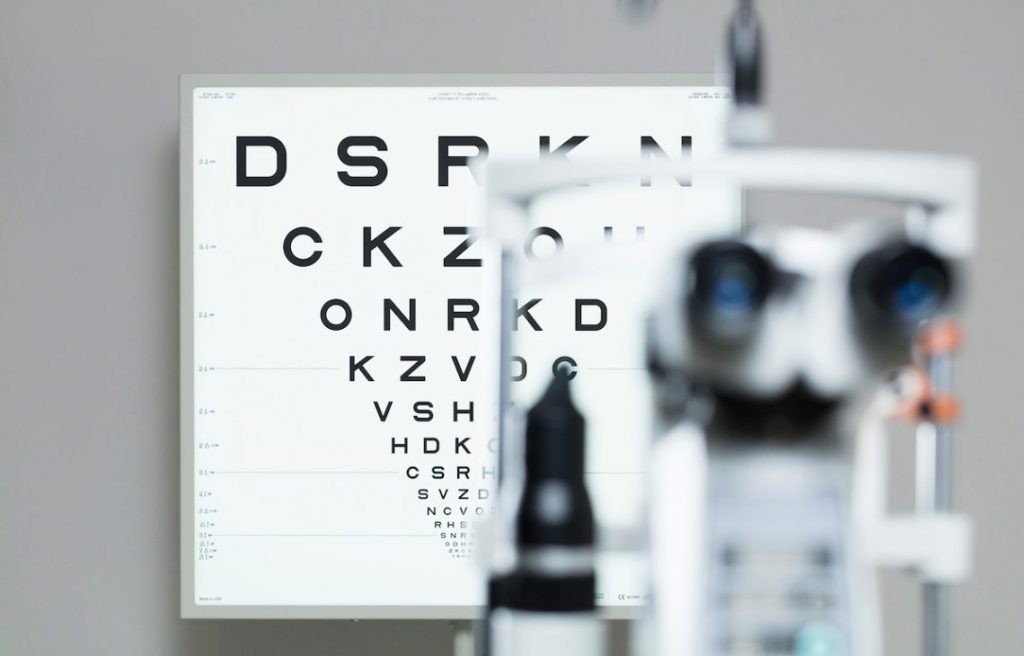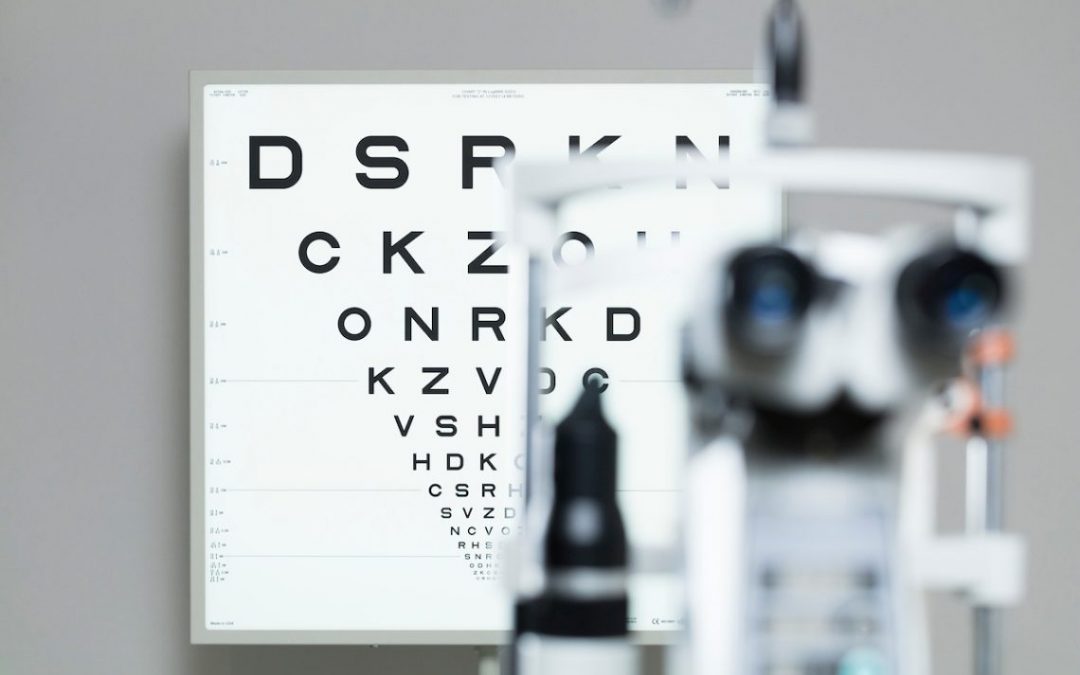…and the bartender says, “Am I seeing things?” Bad jokes aside, many people aren’t aware of the difference between the multiple occupations of eye care. Read on to learn about who to see, and when you need to see them.

For some people it can be somewhat confusing searching online or looking through the phone book to find the right expert for eyecare. There are a lot of ‘O’ occupations in health and, for many, simply pronouncing ‘ophthalmologist’ can prove tricky (let along spelling it – that first ‘h’ has no right being there). That’s why we have provided a handy guide here…
1. Ophthalmologist
These professionals earn their difficult to pronounce title through the achievement of a 6-year medical degree at university, followed by another 5-7 years of on-the-job training and exams, which in this part of the world is run by the Royal Australian and New Zealand College of Ophthalmologists. This gives them the honorific of ‘doctor’ and makes them licensed to practise medicine and perform eye surgery.
Often, a potential issue with your vision or your eye health will be picked up at your annual eye exam. You will then be sent for a visit with the ophthalmologist for diagnosis and treatment. Ophthalmologists may also specialise in specific areas of medical or surgical eye care, such as glaucoma or paediatrics. Many are also involved in scientific research, peering into the potential causes and cures for eye diseases.
2. Optometrist
An optometrist completes a 5-year degree at University and must become registered with the Optometrists and Dispensing Opticians Board of New Zealand in order to practise.
This rigorous process provides optometrists with the skills required to perform eye exams and vision tests for patients. It also enables them to prescribe and dispense corrective lenses and medication for eye diseases, as well as to detect eye and vision abnormalities. You’ll see an optometrist when you go in for your regular eye exam, when you feel you may require corrective lenses, or if you need a change in your existing prescription. Optometrists and ophthalmologists will often collaborate to provide overall care for your eye condition.
3. Dispensing Optician
A dispensing optician completes a qualification in Optical Dispensing and must be registered with the Optometrists and Dispensing Opticians Board.
They are able to interpret prescriptions for glasses from optometrists and ophthalmologists. This means they can help people choose the right glasses and contact lenses – and also assemble and fit these glasses as required.
4. Orthoptist
Orthoptists complete a university degree to become experts in assessment and treatment of squint (one eye turned inward or outward), amblyopia (lazy eye) and other eye movement problems. These problems most commonly occur in children.
Adults can also develop eye movement/alignment problems caused by neurological conditions such as stroke, brain tumours or multiple sclerosis.
Orthoptists can treat patients with patches, prisms or glasses. They can also prescribe eye exercises which can be helpful for some problems. Orthoptists will often collaborate with an ophthalmologist to ensure no other types of eye problem are present or if surgical management is required.
5. Osteologist
An osteologist is an occupation based around ‘reading’ a bone’s story, expertise that comes in handy when understanding ancient culture or solving crime. While a very important job, they won’t be much help as part of your eye care team!
